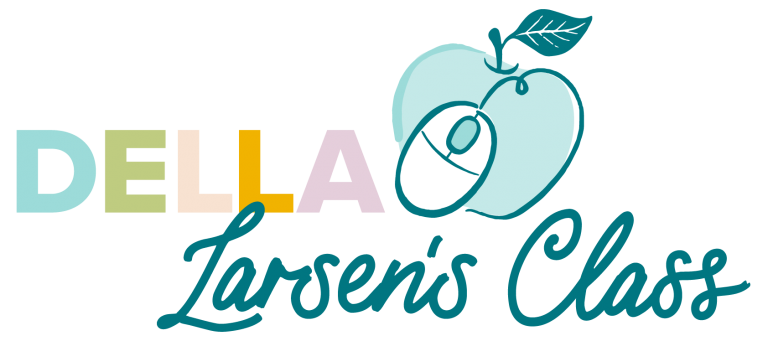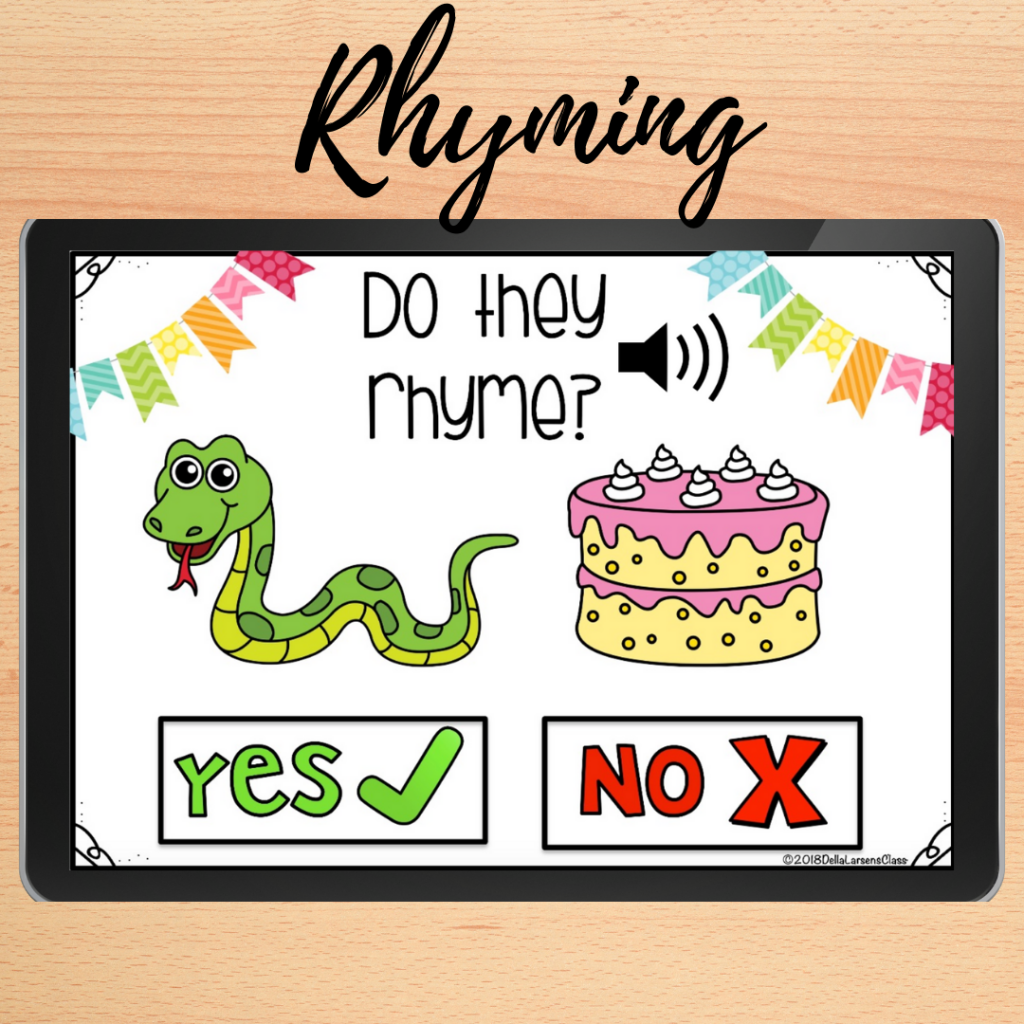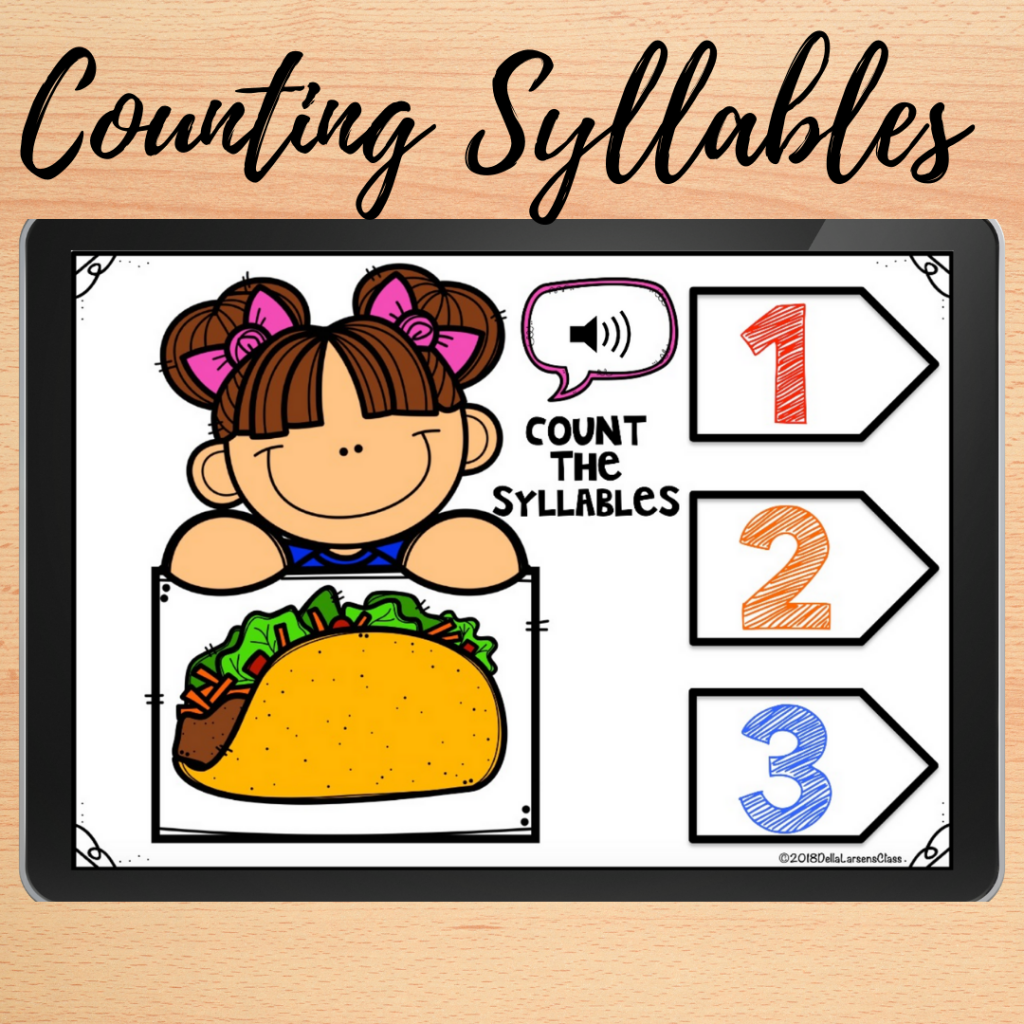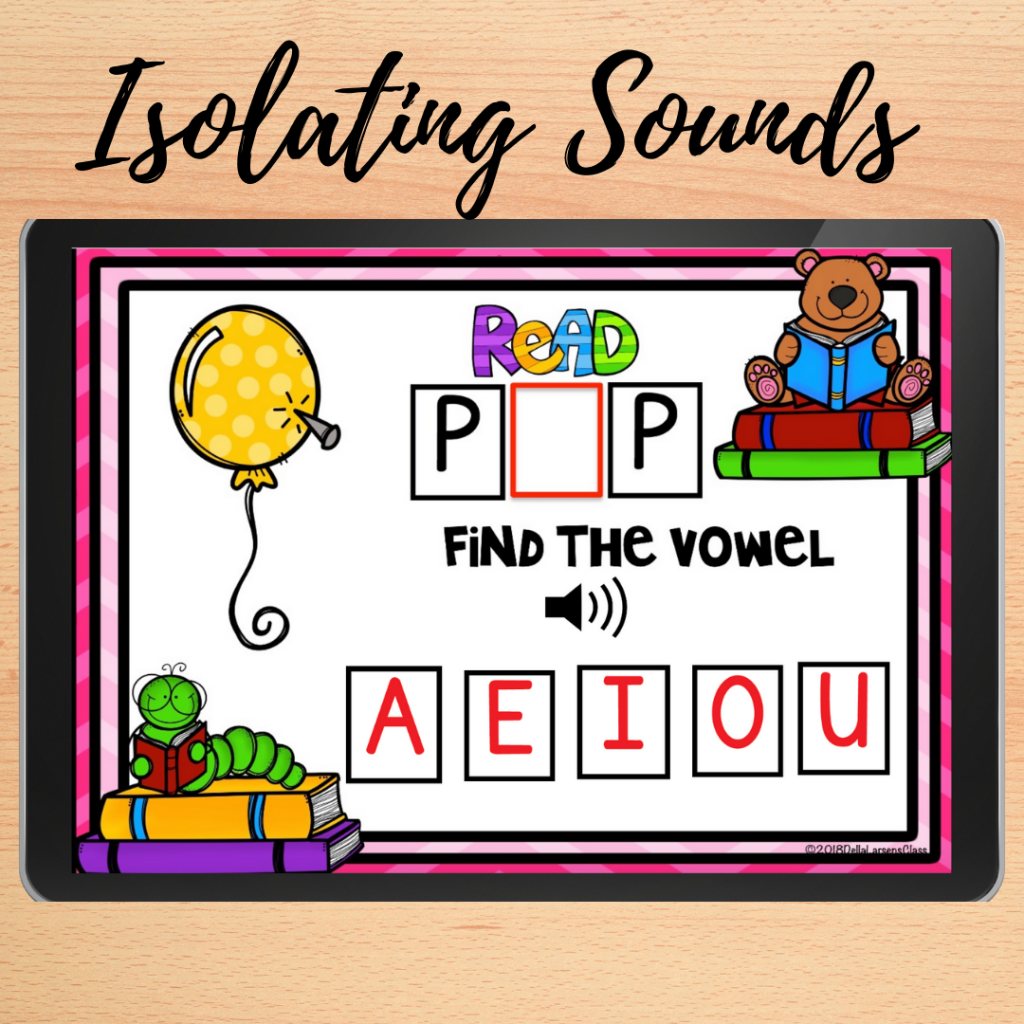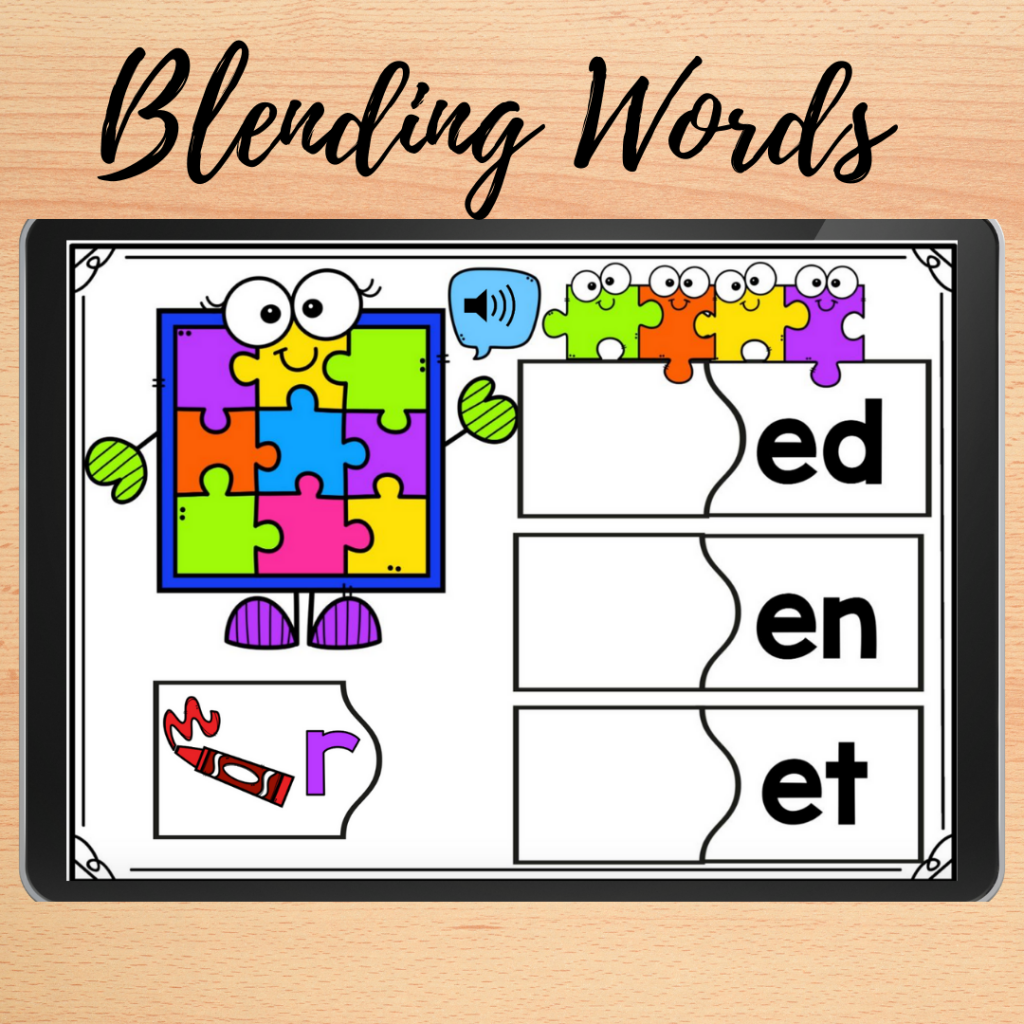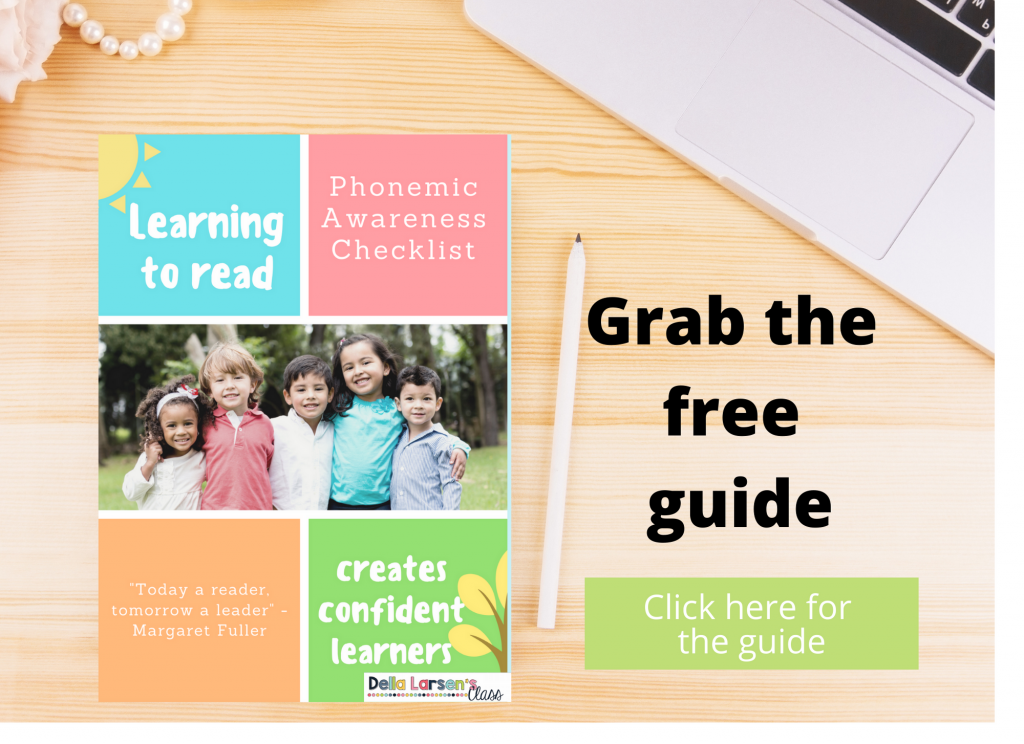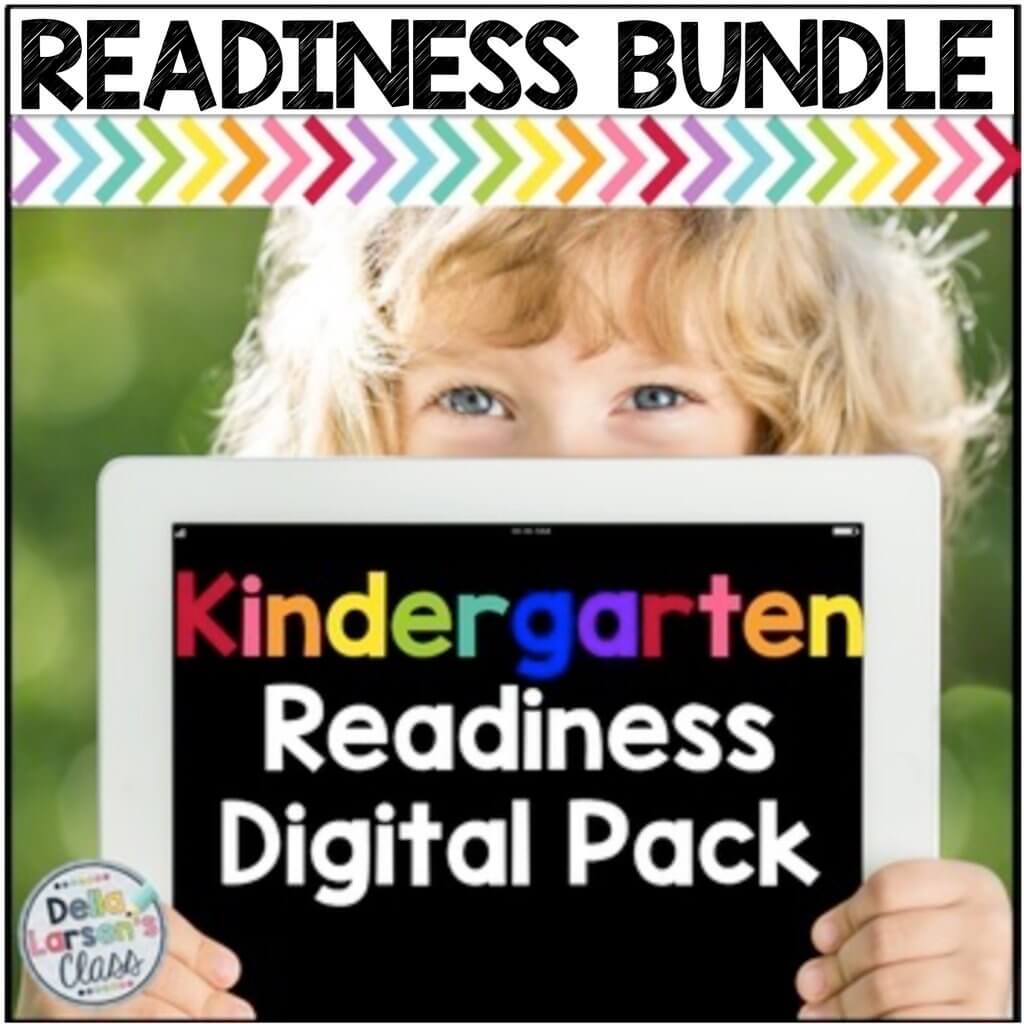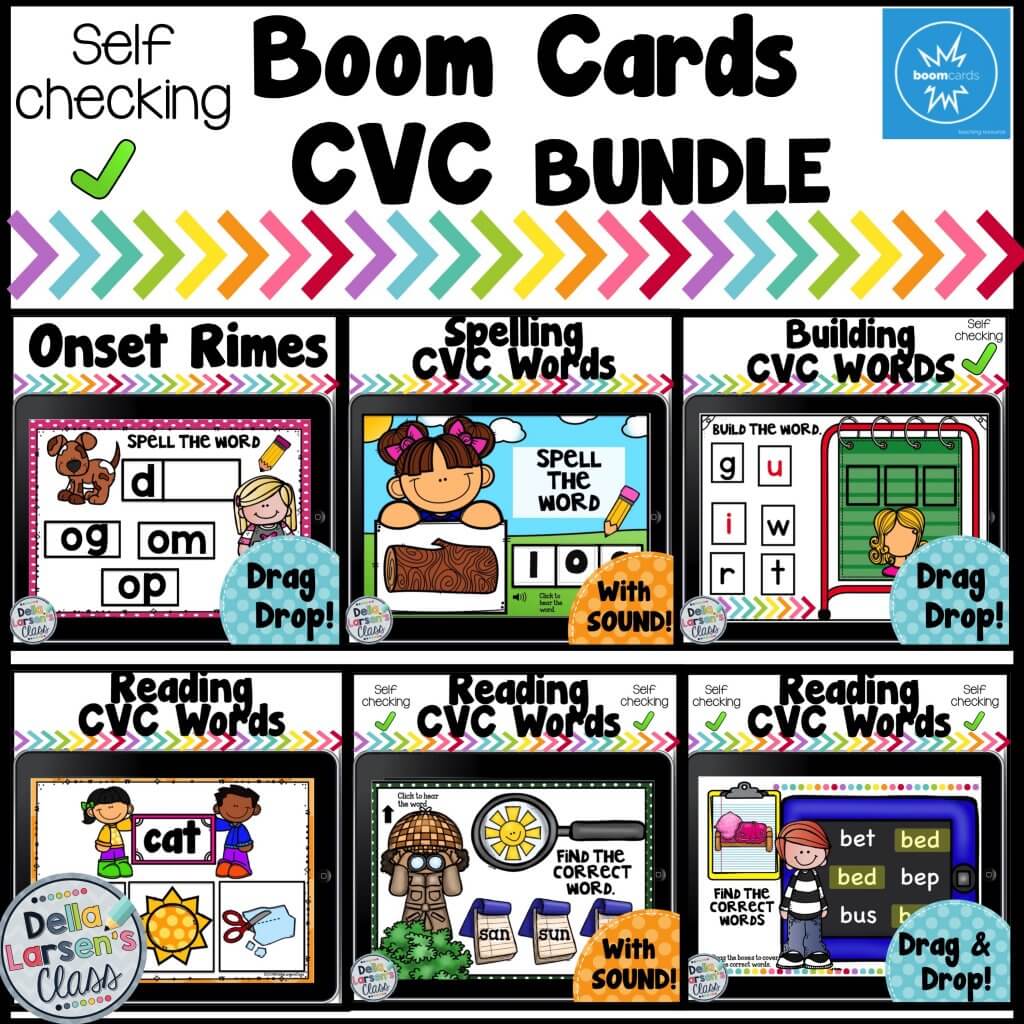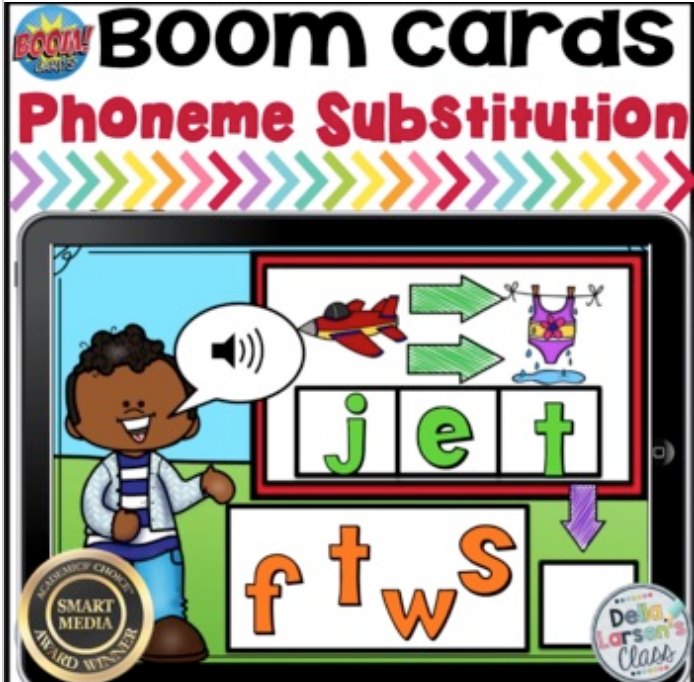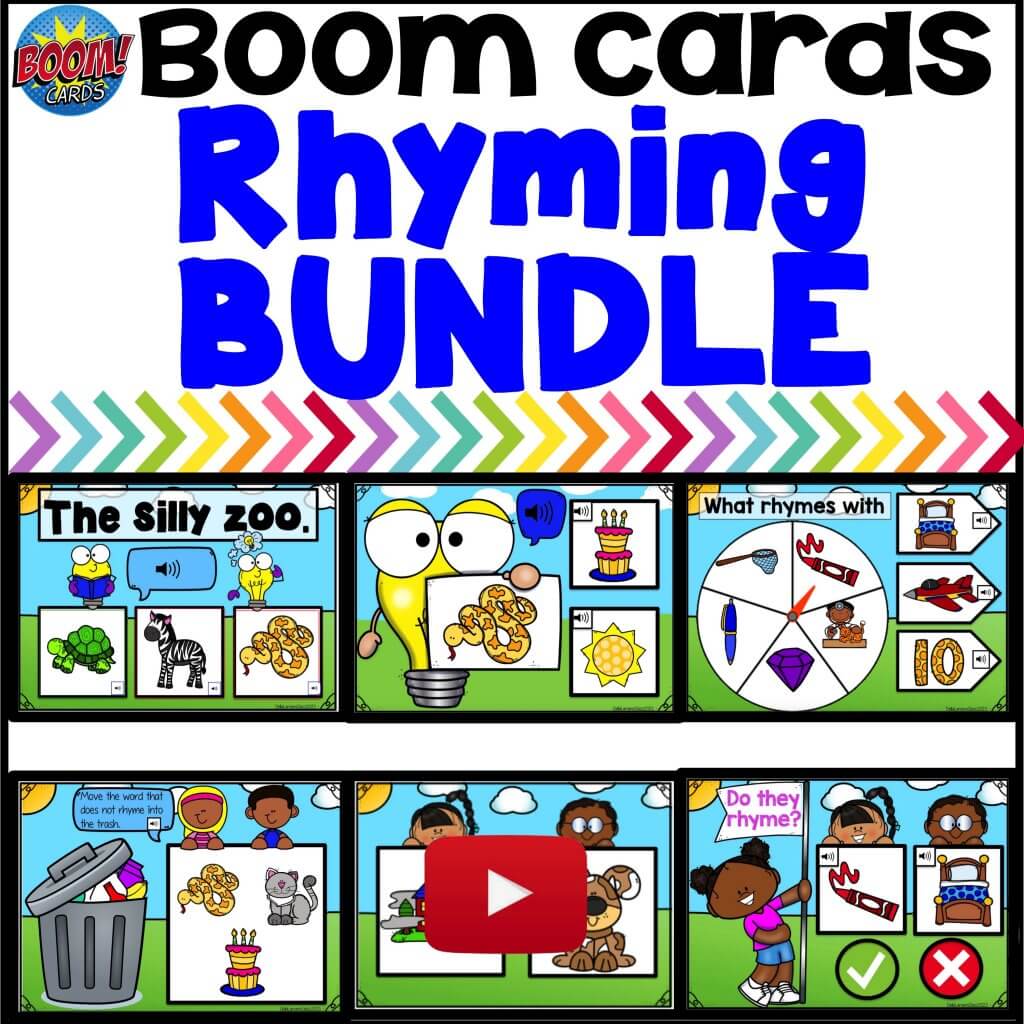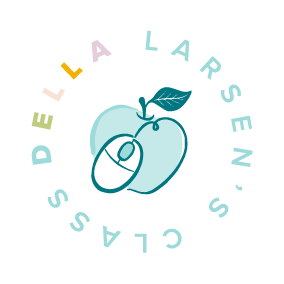Teaching young children to read is one of the greatest enjoyments of being a kindergarten teacher. To take a child from knowing just a few letters of the alphabet to a student who can read a book from start to finish is one of the greatest joys of a teaching career. When that kindergarten student looks up at you after they finish reading a book from cover to cover for the first time your heart can’t help but fill with joy. Helping a child see themselves through the lens of a reader is humbling and powerful.
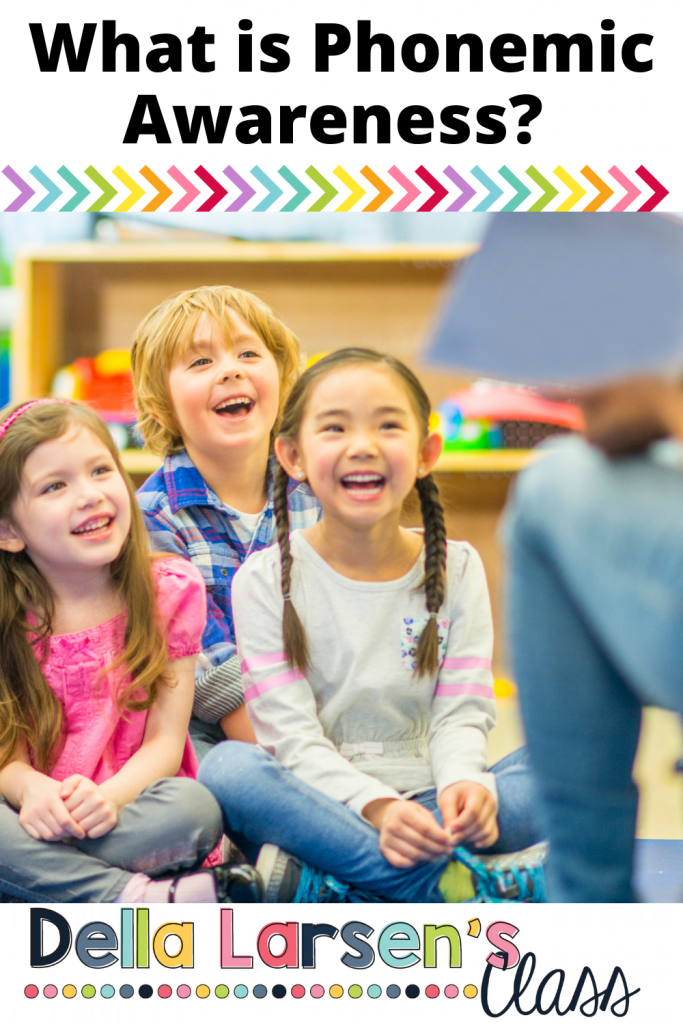
HOW DO WE GET YOUNG CHILDREN TO BECOME FLUENT READERS?
Becoming a reader is much more than knowing your alphabet and the sounds of letters. Researchers have identified five key concepts at the core of every effective reading instruction program. Often these concepts are referred to as the pillars of reading.
The 5 pillars of reading
Phonemic Awareness
Phonics
Fluency
Vocabulary
Comprehension
Phonemic Awareness
Let’s start with the first pillar of reading – Phonemic Awareness
So what exactly is phonemic awareness and why is it so important to kindergarten students?
Phonemic Awareness is the ability to hear, identify, manipulate, and substitute phonemes.
It is essential to have a strong foundation in phonemic awareness when learning to read. One of the best predictors of a successful reader is their success with phonemic awareness skills.
What do our students need to have for a strong foundation in phonemic awareness?
The very first way students begin to become familiar with the sounds phonemes in words is with rhymes. The very first way students begin to become familiar with the sounds phonemes in words is with rhymes.
Early childhood students need to be able to count syllables.
Dividing words into chunks or parts helps to speed up the process of decoding. Counting syllables helps students hear the chunks of words separately from each other.
Isolating Sounds
A kindergarten student who is strong in phonemic awareness is able to identify the beginning, middle, and ending sounds of words. Readers need to recognize that letters and sounds are related. That those sounds are predictable. Understanding that sounds are predictable brings order to reading.
Blending and segmenting
A kindergarten student who is strong in phonemic awareness is able to identify the beginning, middle, and ending sounds of words. Readers need to recognize that letters and sounds are related. That those sounds are predictable. Understanding that sounds are predictable brings order to reading.
Manipulating Sounds
Segmenting phonemes is the ability to break words down into individual sounds. The skills students show when they can take a word like “dog” and break it into its smallest unit of sounds /d/ /o/ /g/.
Phoneme blending is very similar to segmenting words but when blending words the students are taking sounds and putting them together to make a word. Students show this skill when they take the sounds /b/ /u/ /g/ and understand those sounds mean bug.
I like to think that phoneme manipulation is like doing mental gymnastics. However, it is not as difficult! Manipulating phonemes require the ability to modify, change or move the individual sounds in a word. A child who understands that changing the /h/ in hat into a /b/ changes the word from hat to bat is manipulating phonemes.
phonemic awareness skills work together to build a strong foundation for beginning readers.
Use our free guide to determine which skills your student need to become a successful reader.
